Perfect Patient Thank You Letters (5 Samples Included)
What’s the best way to get your most loyal and happy clients to talk to more people and boost your referrals? Believe it or not, patient thank you letters. Taking the time to personally thank people for choosing you as their healthcare provider goes a long way.

After you’ve seen a patient for an appointment, you’d like to think that they’ll tell everyone they know about how great your services are.
However, that’s not realistic.
According to the White House Office of Consumer Affairs…
- Happy customers talk to 4-6 people about their good experience
- Unhappy customers will tell 9-15 people about their bad experience
That last statistic can be demotivating. How can you keep your practice’s local perception positive if unhappy patients will talk to almost double the amount of people about their bad experience? Even if your practice offers the best care within a 30-mile radius, you can’t please everyone.
Maybe you’ve already received negative reviews and have a response plan for them. Although that helps with damage control, getting new patients through your door would still be a challenge.
So what’s the best way to get your most loyal and happy clients to talk to more people and boost your referrals? Believe it or not, patient thank you letters.
Taking the time to personally thank people for choosing you as their healthcare provider goes a long way. Adding this simple task to your experience could increase your revenue by 60%.
Now that we’ve determined their importance, let’s look at how to write a patient thank you letter.
Determine The Best Medium To Use
Before you’ve even thought about what to include within your patient thank you letter, you need to determine how you’ll send it.
There are a million ways to send a letter or memo…
- In-person
- Snail mail
- Text message
- Direct message
- Social media post
- Video

Choose your medium based on what you think will resonate best with your demographic. Different generations want different healthcare experiences. So if the majority of your patients are 60-years-old or older, deciding to send them a Tweet that expresses your gratitude won’t be effective.
The medium you choose is ultimately up to you. However, handwritten letters are making a come back and go a long way.
A 2014 psychology study found that hand-written thank you notes lead to boosts in positive emotions and well-being for both the sender and receiver.
Sure, writing out why you’re so grateful for those coming in for their appointment takes longer than typing the same content into an email. But that’s also one of the main reasons why people appreciate this form of gratitude so much more.
Sample 1: Thank You Video
If the majority of patients that your organizations treat are from the younger generations, it makes sense to try to reach them using technology that they prefer.
But what’s the most effective method of doing so? Video.
Cisco predicted that by 2022, video will account for 82% of all online traffic.
We saw a lot of “virtual” appreciation videos made for healthcare professionals at the beginning of the pandemic in 2020. The video above comes from Birmingham Women's and Children's NHS Trust but they flipped the script. The organization’s CEO, Sara-Jane Marsh, recorded herself thanking patients for their understanding while healthcare moved towards a more virtual alternative.
This sample patient thank you letter falls in line with #5 below. But, the trends helped lead us to the conclusion that this alternative is one of the best.
Format Based on Your Clients
So you’ve chosen to write out your patient thank you letters. You’re already ahead of most local practices. The only problem is that you don’t have the most legible handwriting.
It’s no secret that most physicians don’t have the greatest handwriting in the world.
It’s so widely known that a quantitative study published in 1998 found that doctors produce handwriting that’s worse than that of other professions. The best part about it was that the people conducting the study specifically asked each participating physician to be as neat as possible.
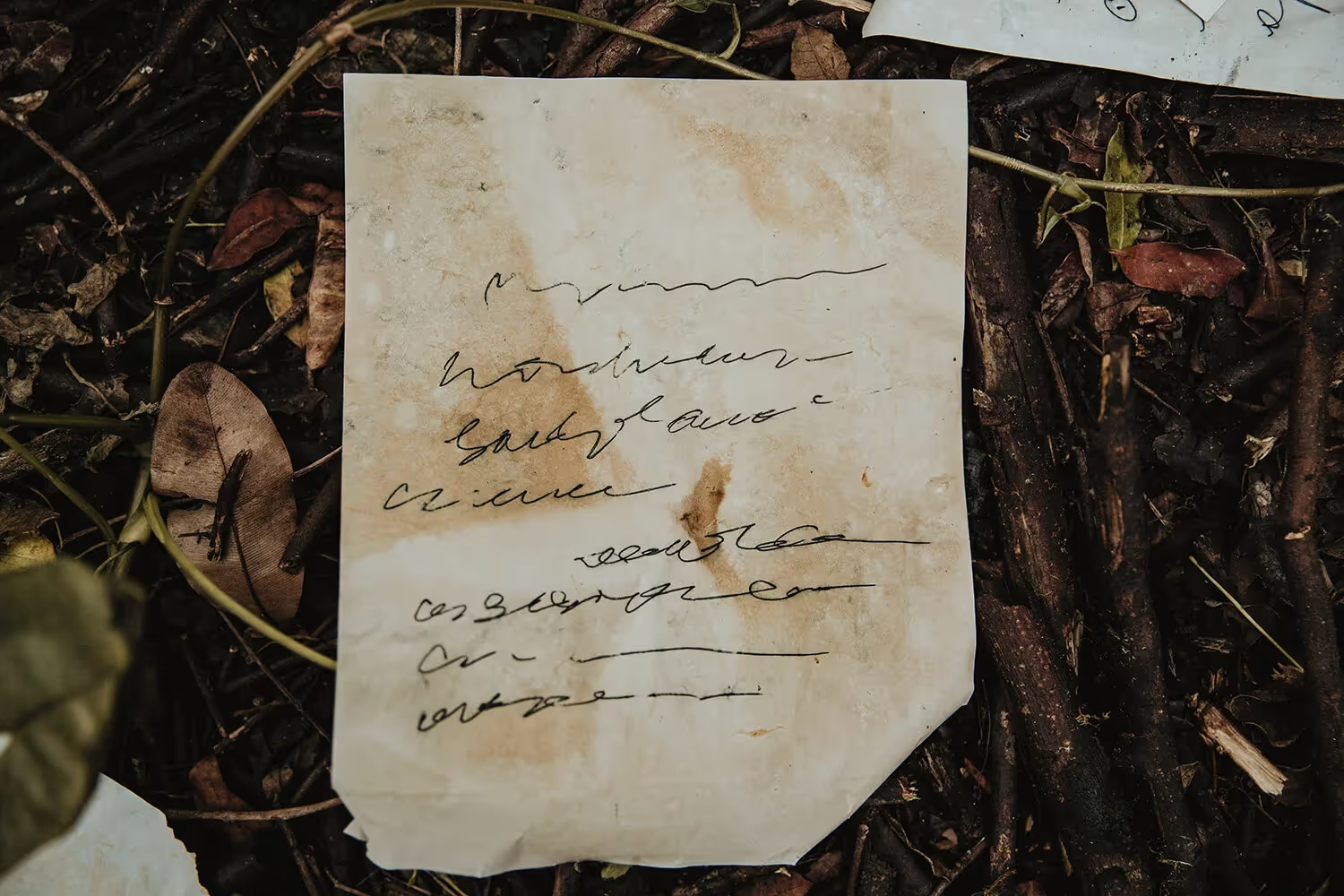
If you’re facing a similar problem, that doesn’t mean you can’t send handwritten thank you letters. You’ll just have to have someone else write them on your behalf. Evaluate the handwriting of your staff and ask the person who writes most legibly to be your scribe.
I’m not asking you to make them your ghostwriter and come up with the content on all their own. Instead, write your copy on a word processing software (read the next step before you do though), use a default font and send it to your staff member electronically.
This may sound like a silly step but it’s important that your recipients know that you appreciate them. Otherwise, this will end up wasting everyone’s time during the writing phase and afterward when your patients call you to find out what you sent them.
Sample 2: Handwritten
I alluded to this statement already, but sending a handwritten thank you letter to your patients might be one of the most heartfelt experiences you could provide as a healthcare organization.
But it’s not just a nice gesture, it helps make the experience provided by your practice even more special. You see, 82% of patients rank customer service as the most important factor that influences their loyalty to a provider.
Dr. Dawn Wehking’s dental practice is already ahead of the game. Whenever she sees a new patient, she not only handwrites a patient thank you letter…her practice’s entire staff also contributes.
Meeting a new healthcare provider, regardless of the specialty, is a nerve-wracking experience. Do you think receiving a handwritten thank you letter after your first appointment with your new healthcare provider would make you feel more comfortable going back? Absolutely.
Stay Genuine Throughout
Medium, check. Legibility, check. Time to dive into the content portion of the thank you letter, right? Wrong.
Before you start formulating how you’re going to thank your client you need to think about your writing style and tone. For this type of content, you’ll want to come off as human as possible.
For perspective, think about how many messages, emails, and mail your receive in a day. If you’re like most people you receive around 121 emails daily.
Out of all of those messages, how many of them use automated, templated content? The majority. What I mean by templated content is boilerplate, corporate nonsense that copywriters spend hours toiling over to ensure that they keep their brand message intact.
That’s not the kind of message you want to construct for a personally written thank you letter, though.
If you do, it will come off as inauthentic and your efforts will go wasted. 80% of people say that “authenticity of content” is one of the main reasons why they follow a brand.
You want the tone of your letters to be as genuine as possible. Be yourself.
Sample 3: Email
In the digital world we live in, it’s not uncommon for healthcare professionals to send emails or text messages to their patients.
Before smartphones became commonplace, mentioning that type of reality to a physician would’ve led to skeptical response.
But, the reality is that 93% of adults prefer doctors that offer email communication.
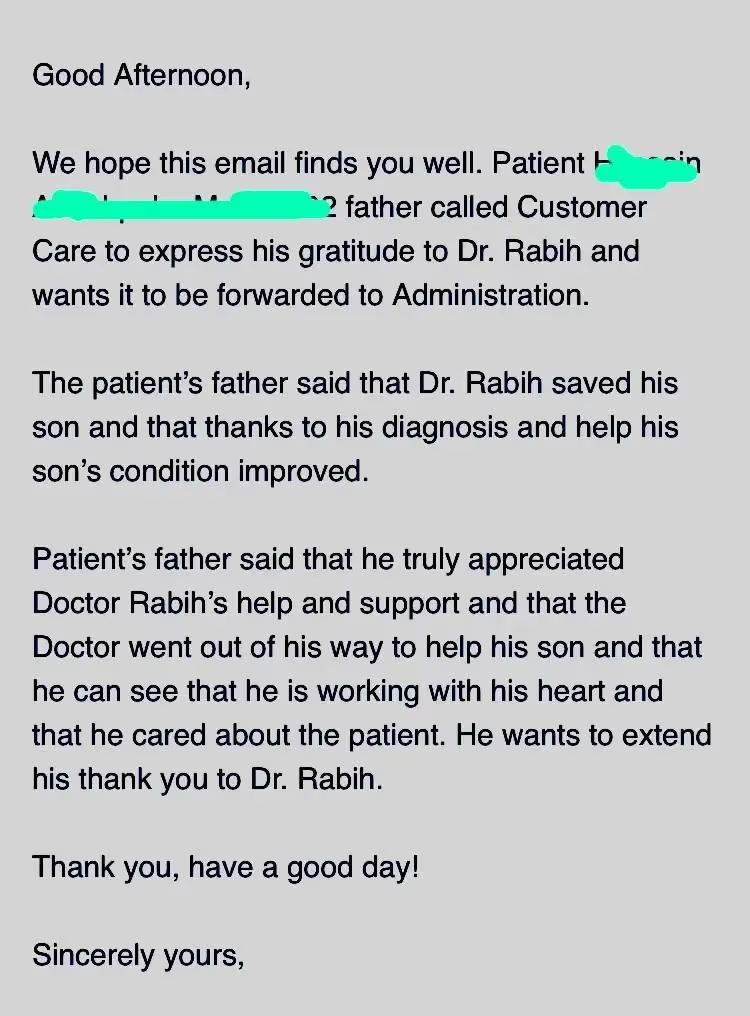
I must confess that this patient thank you letter isn’t from the physician…it’s from the patient. But, the point I’m trying to make with this sample still holds true.
Sending appreciation emails to your patients is a good idea (especially when you consider the statistic from earlier). They’re essentially the modern-day version of letters anyway.
I will conclude this section with a word of caution. Make sure that you’re not including anything in the appreciative emails you send that’s considered protected health information (PHI). You don’t want to tell your patient how grateful you are for them while unintentionally breaking HIPAA’s rules.
Say Thank You
OK. Now it’s time to get into the content portion.
Above everything you decide to include within this letter, say thank you.
I don’t just mean include something like, “thank you for your business.” That’s the worst way to express how grateful you are for that patient to choose you as their doctor. That phrase is literally written on the side of plastic take-out bags.
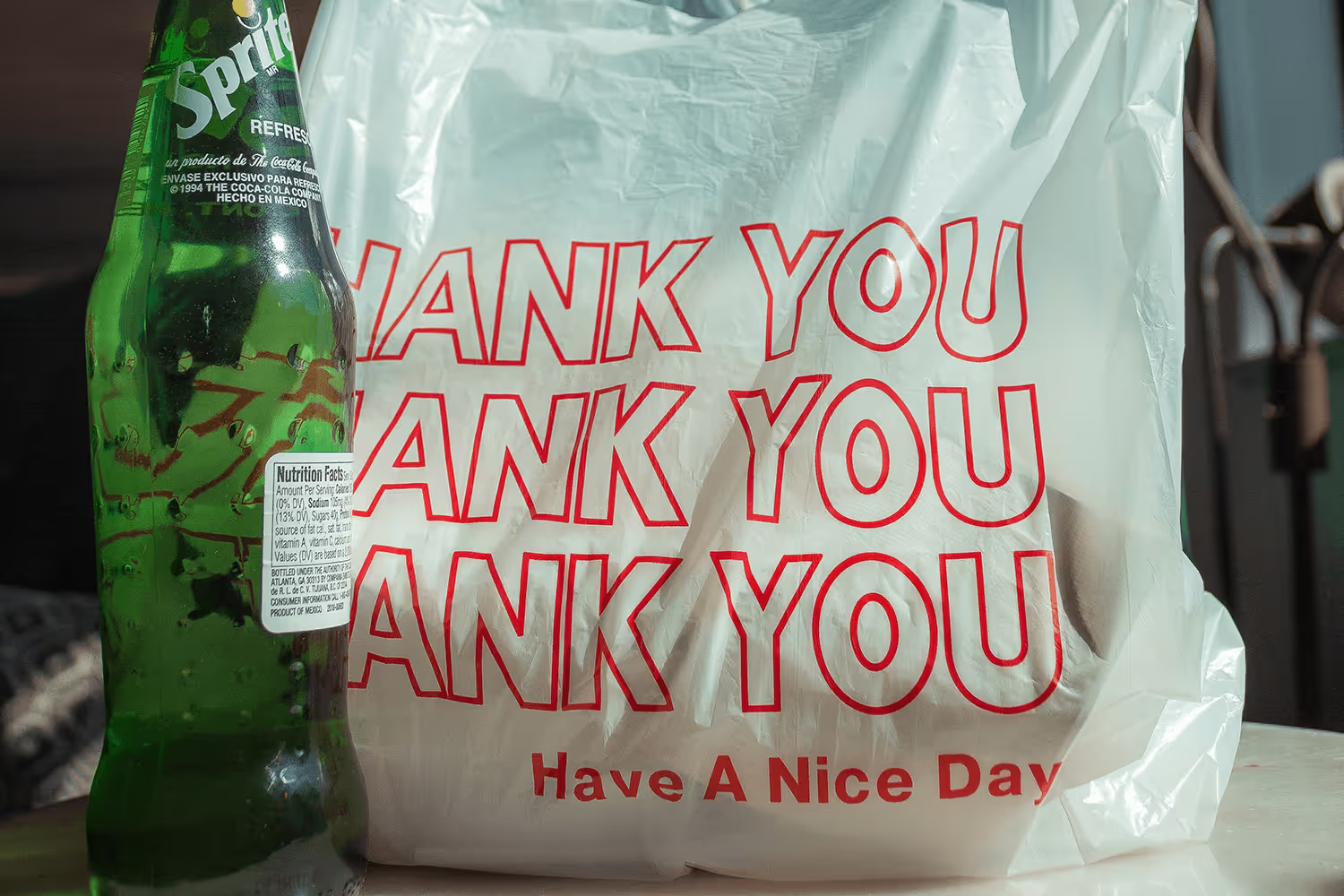
Be specific.
Say how much you appreciate them and point out aspects of what they did during their appointment that helped make it easier for you to do your job.
As an example, let’s say you’re a pediatric doctor who saw a new patient this week. Maybe the parent was especially helpful in calming their child down while you administered a vaccine shot. In your letter, include how thankful you were for what the parent did.
A child patient wouldn’t appreciate your thank you letter as much as their parent would. However, that doesn’t mean the child patient wouldn’t love a shoutout for anything they helped with during their appointment.
By pointing exactly what you’re thankful for from the patient you’re…
- Giving them positive feedback
- Encouraging their participation during future visits
- Showing that you pay attention during each appointment
- Wanting to constantly improve your processes
All of these are great things come as the result of being specific in your patient thank you letters.
Sample 4: Phone Call
Most healthcare organizations call their patients when they want to remind them of their upcoming appointment or to pay a bill that’s almost past due. In other words, it’s almost always to request some sort of action.
Why not give them a call to explain your appreciation of them?
Hello [Name of Patient]. This is [Name] from [Practice]. I'm not calling you because of an upcoming appointment, or as any sort of request in general. I just wanted to let you know that we at [Organization Name] appreciate what you continue to choose us for your healthcare needs. Thank you.
Your patients didn’t choose you because they had no other choice. There are thousands of other medical professionals out there that they could’ve gone to…yet they chose you.
Let them know that you’re grateful for the opportunity to hold appointments with them. It’s a simple conversation topic that doesn’t have to last longer than a few minutes. But, it will have a lasting impact.
Of course, any time you call your patients…there’s a chance that they won’t pick up. When that happens, there’s no harm in leaving them an appreciative voicemail (just be sure to keep HIPAA’s voicemail guidelines in mind).
Include a Call To Action
After you’ve written a couple of paragraphs praising your patient for coming to their appointment and their continued loyalty to your practice, you can add a call to action.
In the business, sales and marketing worlds, a call to action is an ask that encourages the recipient to do something. These are the “Click Here” buttons you see in email newsletters and online advertising.
This is not the type of call to action you want to add to your patient thank you letters.
Instead, you’ll need to frame your call to action as a favor. But tread carefully. You don’t want to come off as too salesy or ask too much from them. At the end of the day, they came to you because they needed treatment, not because they want to advertise your practice.
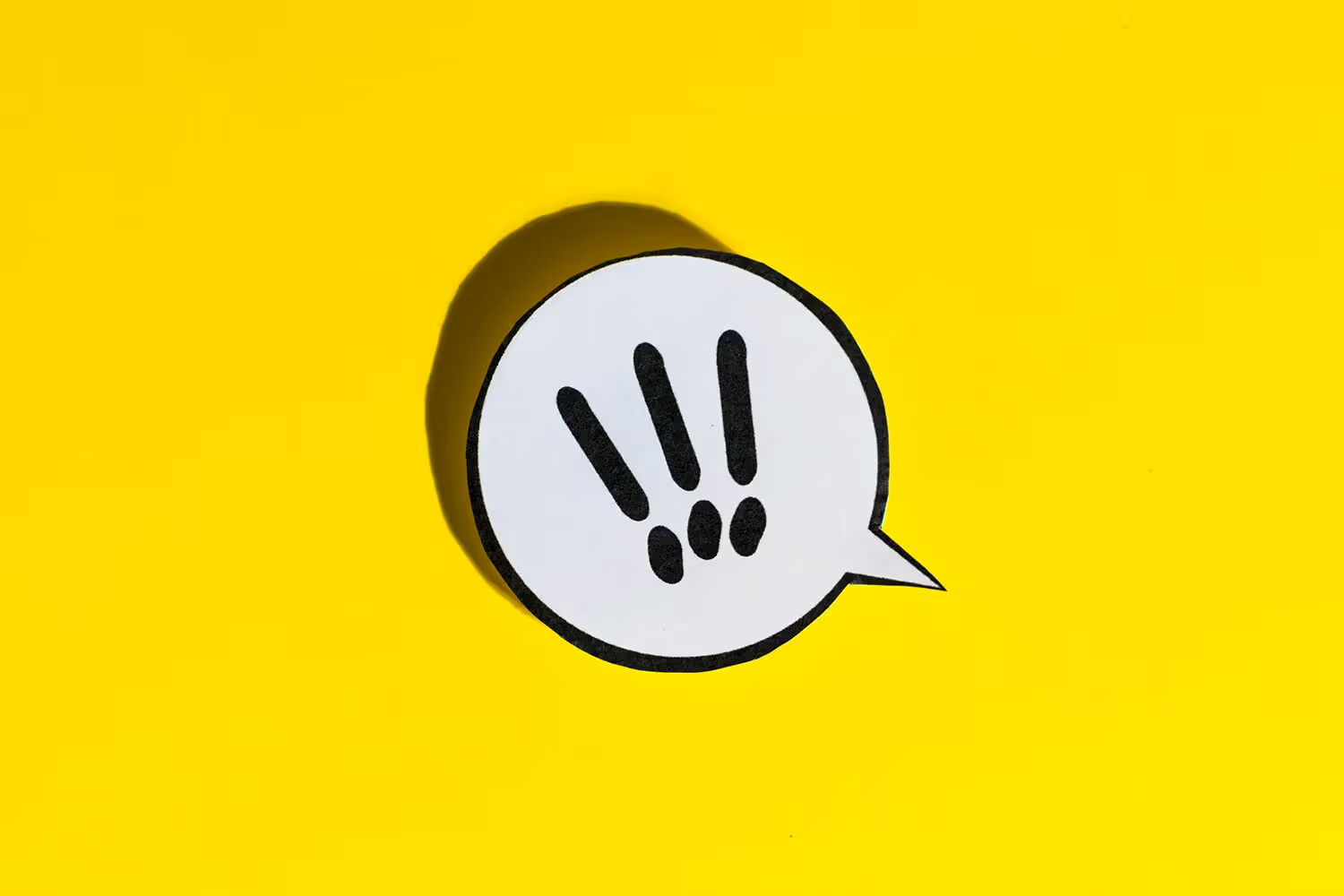
However, as I mentioned in the introduction, unhappy clients are more likely to talk to others about their bad experiences than those who are content. To combat that and boost your word of mouth marketing strategy, ask who you’re sending your letter to to mention your practice to their social circles. Odds are that they know someone who’s looking for a new physician.
Like every other paragraph you’ve written thus far, be authentic.
Start by saying how much of an impact they can have on the future success of your practice and that it’d be greatly appreciated by your entire staff. From there, spell out exactly what you’re asking from them. That way they won’t get confused and appreciate your honesty.
It’s important to understand that even if you do include this within your letters, not everyone is going to go out of there way to help you, and that’s OK. But as you send more, you’ll start to see results and thus more business.
Sample 5: Online Patient Appreciation
80% of patients actively use the internet to make decisions about the care that they receive. In other words, your healthcare organization’s online presence matters.
You don’t have to personalize every thank you letter that you send on behalf of your organization. There’s still value in saying “thank you” to your clients in the general sense.
The best way to accomplish a general thank you to the masses is by designing and formatting a social media image.
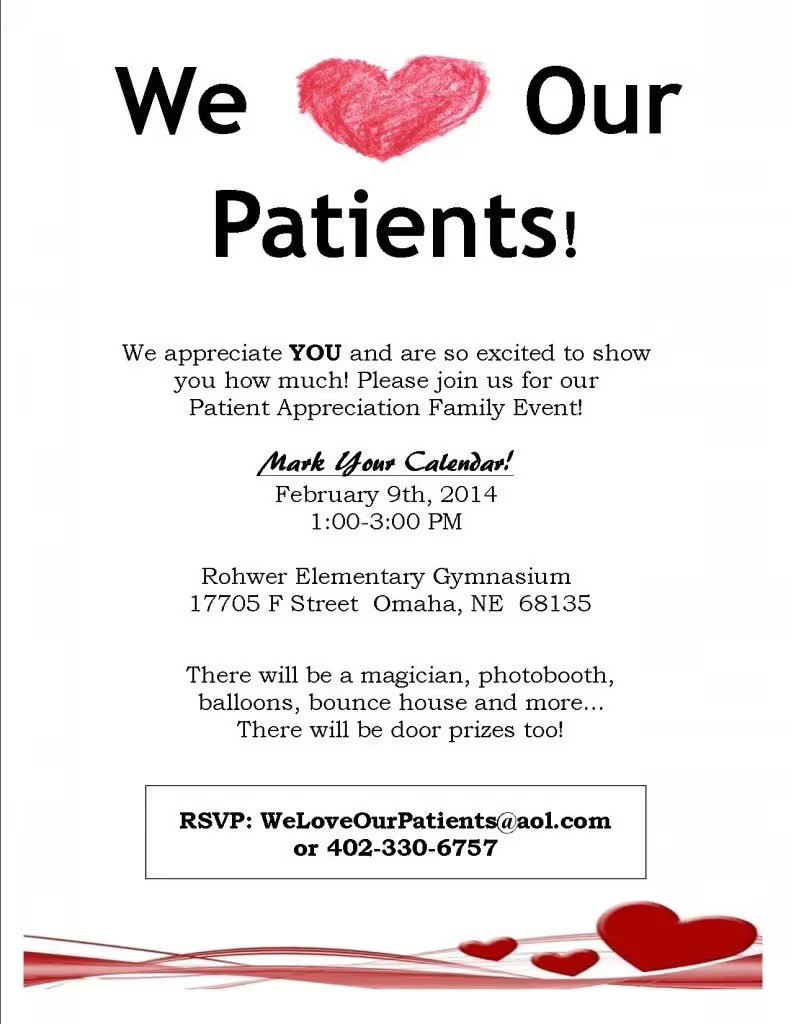
This next sample comes from Premier Dental. They appreciate their clients so much that they not only designed a digital image, they also hosted a whole event.
The event is a bonus, but you get the idea.
Add Your Signature
The very last thing you do after you’ve written your closing and edited your content is to add your signature. It’s a simple gesture that further adds authenticity to your reader. Plus, its standard practice to add your signature to a letter.
The way that you sign it is up to you though.
Since you’re a healthcare physician it makes sense to sign what you’re sending with your full name. However, if you’re trying to be more personable or you’re a pediatrician, signing your first name and title adds a much lighter tone.
Sample 6: Memo with Signature
Not every thank you letter you send has to be because you want to thank your patients for choosing them. Due to the personal nature of the healthcare industry, sometimes the patients you work with will show their appreciation for you.
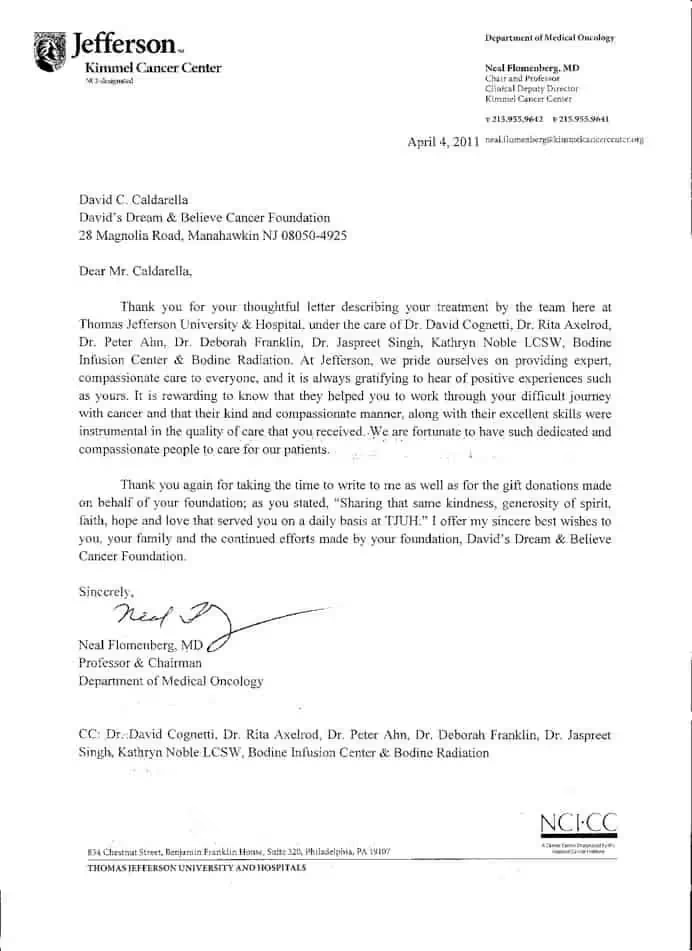
When this situation happens, it’s a great opportunity to use what they wrote as a testimonial (get their permission first, though).
But if one of your clients went out of their way to recognize your organization and service, it prompts a response. This sample comes from Jefferson Kimmel Cancer Center. It’s team received a heartfelt thank you letter from one of its cancer patients. The Chairman, Dr. Neil Flomenberg, then responded with a personal memo.
At the end of the letter, Dr. Flomenberg signed it himself. Signing a patient thank you letter is another great way to add a personal touch.
Conclusion
Sending personal, hand-written letters used to be a common practice to communicate. Today, however, that rarely happens.
Although some may say that this is sad because it makes us less personal as human beings. It opens up an opportunity for you.
Sending a handwritten thank you letter to your most loyal and new patients would be a pleasant surprise. It’s a great way to add a personal touch to your overall experience that also gives you the chance to enhance your word of mouth marketing strategy.
By writing and sending patient thank you letters, you’ll ultimately increase your referrals and revenue.
Emphasize your product's unique features or benefits to differentiate it from competitors
In nec dictum adipiscing pharetra enim etiam scelerisque dolor purus ipsum egestas cursus vulputate arcu egestas ut eu sed mollis consectetur mattis pharetra curabitur et maecenas in mattis fames consectetur ipsum quis risus mauris aliquam ornare nisl purus at ipsum nulla accumsan consectetur vestibulum suspendisse aliquam condimentum scelerisque lacinia pellentesque vestibulum condimentum turpis ligula pharetra dictum sapien facilisis sapien at sagittis et cursus congue.
- Pharetra curabitur et maecenas in mattis fames consectetur ipsum quis risus.
- Justo urna nisi auctor consequat consectetur dolor lectus blandit.
- Eget egestas volutpat lacinia vestibulum vitae mattis hendrerit.
- Ornare elit odio tellus orci bibendum dictum id sem congue enim amet diam.
Incorporate statistics or specific numbers to highlight the effectiveness or popularity of your offering
Convallis pellentesque ullamcorper sapien sed tristique fermentum proin amet quam tincidunt feugiat vitae neque quisque odio ut pellentesque ac mauris eget lectus. Pretium arcu turpis lacus sapien sit at eu sapien duis magna nunc nibh nam non ut nibh ultrices ultrices elementum egestas enim nisl sed cursus pellentesque sit dignissim enim euismod sit et convallis sed pelis viverra quam at nisl sit pharetra enim nisl nec vestibulum posuere in volutpat sed blandit neque risus.

Use time-sensitive language to encourage immediate action, such as "Limited Time Offer
Feugiat vitae neque quisque odio ut pellentesque ac mauris eget lectus. Pretium arcu turpis lacus sapien sit at eu sapien duis magna nunc nibh nam non ut nibh ultrices ultrices elementum egestas enim nisl sed cursus pellentesque sit dignissim enim euismod sit et convallis sed pelis viverra quam at nisl sit pharetra enim nisl nec vestibulum posuere in volutpat sed blandit neque risus.
- Pharetra curabitur et maecenas in mattis fames consectetur ipsum quis risus.
- Justo urna nisi auctor consequat consectetur dolor lectus blandit.
- Eget egestas volutpat lacinia vestibulum vitae mattis hendrerit.
- Ornare elit odio tellus orci bibendum dictum id sem congue enim amet diam.
Address customer pain points directly by showing how your product solves their problems
Feugiat vitae neque quisque odio ut pellentesque ac mauris eget lectus. Pretium arcu turpis lacus sapien sit at eu sapien duis magna nunc nibh nam non ut nibh ultrices ultrices elementum egestas enim nisl sed cursus pellentesque sit dignissim enim euismod sit et convallis sed pelis viverra quam at nisl sit pharetra enim nisl nec vestibulum posuere in volutpat sed blandit neque risus.
Vel etiam vel amet aenean eget in habitasse nunc duis tellus sem turpis risus aliquam ac volutpat tellus eu faucibus ullamcorper.
Tailor titles to your ideal customer segment using phrases like "Designed for Busy Professionals
Sed pretium id nibh id sit felis vitae volutpat volutpat adipiscing at sodales neque lectus mi phasellus commodo at elit suspendisse ornare faucibus lectus purus viverra in nec aliquet commodo et sed sed nisi tempor mi pellentesque arcu viverra pretium duis enim vulputate dignissim etiam ultrices vitae neque urna proin nibh diam turpis augue lacus.


.avif)

